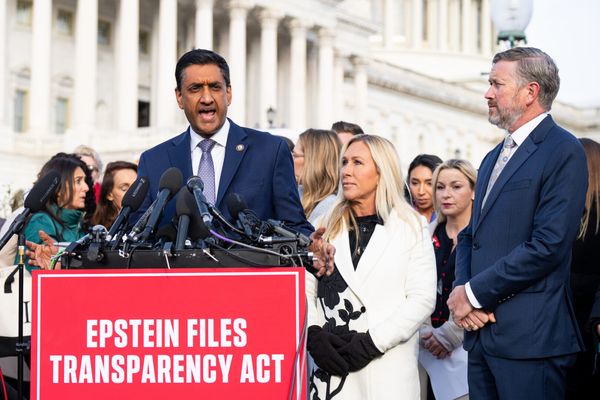
Pick a place, any place, in the U.S. to retire — and forget, for a moment, that the cost of living matters. Think solely of the attributes of the place. You probably want somewhere relaxed, somewhere beautiful and somewhere with mild winters. But wait, you may want to rethink that last aspect.
Read Next: 5 Cities Where You Can Retire for $2,000 a Month and Enjoy All Four Seasons
Learn More: Warren Buffett: 10 Things Poor People Waste Money On
Now that the repercussions of climate change are being severely felt in the U.S., largely in the form of warmer temperatures, some cities are experiencing an uptick in “extreme weather events,” including flooding, which can destroy your home — or worse.
Last year, AARP released their list of the 11 U.S. retirement hotspots where the effects of climate change are a growing threat according to the following criteria: the city’s extreme heat threshold, its extreme heat days per year, its average annual costs due to flooding and its extreme heat days per year. Keep reading to find out which cities you should reconsider making your retirement destination.
10. Provo, Utah
- Extreme heat threshold: 93°
- Extreme heat days per year compared to 1970 (13 days or more): 15 more
- Average annual flood loss: $7.4 million
- Projected increase in flood loss, 2050: 3.8%
10. Dallas-Fort Worth (Tied With Provo)
- Extreme heat threshold: 99°
- Extreme heat days per year compared to 1970 (13 days or more): 14 more
- Average annual flood loss: $78.4 million
- Projected increase in flood loss, 2050: 5.5%
Check Out: Florida Alternatives: Experts Predict These 5 States Will Be Top Retirement Spots in 10 Years
9. Durham, North Carolina
- Extreme heat threshold: 91°
- Extreme heat days per year compared to 1970 (13 days or more): 34 more
- Average annual flood loss: $5.4 million
- Projected increase in flood loss, 2050: 13.3%
8. Houston
- Extreme heat threshold: 97°
- Extreme heat days per year compared to 1970 (13 days or more): 33 more
- Average annual flood loss: $145.8 million
- Projected increase in flood loss, 2050: 52.0%
7. Charleston, South Carolina
- Extreme heat threshold: 92°
- Extreme heat days per year compared to 1970 (13 days or more): 14 more
- Average annual flood loss: $156.2 million
- Projected increase in flood loss, 2050: 100.4%
6. Boise, Idaho
- Extreme heat threshold: 92°
- Extreme heat days per year compared to 1970 (13 days or more): 23 more
- Average annual flood loss: $22.9 million
- Projected increase in flood loss, 2050: 24.7%
5. Austin, Texas
- Extreme heat threshold: 101°
- Extreme heat days per year compared to 1970 (13 days or more): 28 more
- Average annual flood loss: $36.6 million
- Projected increase in flood loss, 2050: 8.4%
4. College Station, Texas
- Extreme heat threshold: 99°
- Extreme heat days per year compared to 1970 (13 days or more): 24 more
- Average annual flood loss: $4.3 million
- Projected increase in flood loss, 2050: 5.8%
3. Raleigh, North Carolina
- Extreme heat threshold: 91°
- Extreme heat days per year compared to 1970 (13 days or more): 34 more
- Average annual flood loss: $5.4 million
- Projected increase in flood loss, 2050: 13.3%
2. Wilmington, North Carolina
- Extreme heat threshold: 90°
- Extreme heat days per year compared to 1970 (13 days or more): 5 more
- Average annual flood loss: $21.7 million
- Projected increase in flood loss, 2050: 68.5%
1. Myrtle Beach, South Carolina
- Extreme heat threshold: 91°
- Extreme heat days per year compared to 1970 (13 days or more): 18 less
- Average annual flood loss: $39.9 million
- Projected increase in flood loss, 2050: 58.8%
More From GOBankingRates
- 5 Luxury SUVs That Will Have Massive Price Drops in Fall 2025
- I Help People Retire Every Day -- Here's the Most Common Retirement Mistake People Make
- I'm a Retired Boomer: 6 Bills I Canceled This Year That Were a Waste of Money
- 8 Common Mistakes Retirees Make With Their Social Security Checks
This article originally appeared on GOBankingRates.com: 11 Cities Retirees May Want To Avoid Moving To Due To Rise in ‘Extreme Weather Events’







